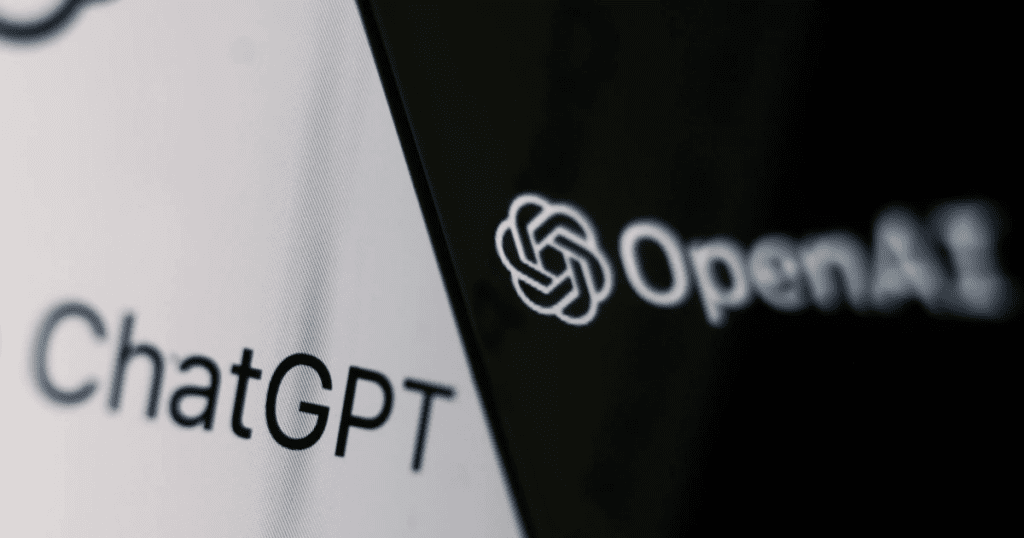ChatGPT is a cutting-edge language model developed by OpenAI, capable of performing a wide range of language-related tasks. It is based on transformer architecture and is trained on a massive corpus of text data, making it one of the largest language models currently available.
ChatGPT can do pretty cool stuff. From generating recipes for every ingredient found in your fridge to counting the number of pi to the number, you give it! Here is a list of some of the coolest things ChatGPT can do!

Text generation:
Creating text that sounds like real speech is one of ChatGPT’s most astounding features. This may be used to create news articles, poetry, tales, and even songs, among other things. It may also be tailored for certain purposes like language translation or summary.
Question-answering
ChatGPT may respond to inquiries on a variety of subjects, including history, science, and popular culture. It has encyclopaedic knowledge of numerous topics because it was trained on a substantial volume of text data. As a result, customers looking for prompt responses to their inquiries will find it to be a useful resource.
Conversational AI
ChatGPT was created primarily to have talks that seem human. This makes it an effective tool for both companies trying to create customer service chatbots and individuals looking to create their own AI chatbots. Conversations with ChatGPT feel more natural because to its capability to produce text based on context and past interactions and replicate human-like answers.
Sentiment analysis
Text data, such as reviews or tweets, may be utilised to assess the sentiment using ChatGPT. This may be helpful for companies wanting to track and comprehend client feedback as well as for academics researching a particular subject.
Text classification
The text classification tasks ChatGPT may be used for include classifying emails and news articles. Businesses who need to search through a lot of text data to get specific information may find this to be very helpful.
Language Translation
ChatGPT is a fantastic tool for organisations and individuals that need to connect with people who speak multiple languages since it can translate text from one language to another. Furthermore, compared to conventional machine translation models, its capacity to generate text based on context enables it to provide translations that are more precise and audible.
Text summarization
Text summarization is another function of ChatGPT that enables users to break up lengthy articles or reports into smaller, easier-to-read chunks. People who need to swiftly process information or corporations that need to summarise reports for their stakeholders can both benefit from this.
The Classic ChatGPT Named entity recognition
In text data, named entities like persons, companies, and places may be located and categorised via ChatGPT. This might be helpful for companies that need to sift through a lot of material for specific information or for researchers looking at links between various organisations.
Text correction
Moreover, ChatGPT may be used to automatically correct spelling and grammar in text data. Businesses and people that need to make sure their writing is precise and error-free may find this valuable.
Text completion
Users can enter a few words, and ChatGPT will fill in the remainder of the text based on the context. ChatGPT can finish text fragments. This might be helpful for people who need assistance producing tales, articles, or emails as well as for companies that need to swiftly produce material.
(Also Read: ChatGPT-plus, a new, premium AI to make your life a 2.0 version)
These are just some of the many amazing things that ChatGPT can do. Its powerful language capabilities make it an extremely versatile tool that can be used for a wide range of applications, from business to research to personal use. Remember, with the right command; it could provide the best answers out there!



